Art + Place: Developers on Collecting
“Buying art is one of the best things anyone can do”, according to Urban Splash chairman Tom Bloxham, speaking on a Place North West panel at Buy Art Fair which examined the artistic tastes of high-profile property developers, and how it impacts their lives both personally and professionally.
Speaking alongside Bloxham was Michael Ingall, chief executive of Allied London, and Tim Heatley, director of Capital & Centric.
“It doesn’t matter how much you spend,” stressed Bloxham. “Good artists always make you think. Visual artists are like the R&D of the architecture world, which is why we try to put art right at the heart of our developments.”
See below for gallery + slides
Urban Splash schemes across the country have integrated artistic elements, including a sculptural staircase in Plymouth, and a light installation and outdoor performance at Park Hill in Sheffield to kick off the redevelopment.
“The best art isn’t always something physical that you can hang, it’s transitory and an experience,” said Bloxham.
Bloxham’s personal collection includes a neon light piece called “We must cultivate our garden”, by contemporary artist Nathan Coley, who looks at how people relate to public spaces and architecture in a lot of his works. Going back to the start of his career, selling posters in Affleck’s Palace in Manchester’s Oldham Street, Bloxham also has pieces by album cover artists Central Station Design, of Happy Mondays and Black Grape fame, and Jamie Reid, who worked with the Sex Pistols.
Ingall’s taste also leans towards the graphic, with “10 to 15 pieces” by Julian Opie featuring heavily his collection.
“Opie is one of my favourite artists,” he said. “You look at an Opie and think ‘I could have done that.’ But you didn’t. The appeal of an artist is they will think of something before you do.”
Opie’s minimal graphic style chimes with some of the architectural elements in buildings across Allied London’s developments.
“The Armani building elevation in Spinningfields was designed by graphic artists”, explained Ingall. “The hardest part as a developer has been finding art that actually creates emotion. We’ve struggled in our procurement of public art for Spinningfields. We spent £100,000 supporting an artist to deliver a huge metal tree, which would have looked incredible, but just wasn’t possible to deliver. Artists have just not been able to deliver it in the space, or have created designs that can’t be engineered, so instead we focused on putting our art into the architecture.”
Ingall is interested in design which reflects the building’s uses, for instance a recent project in Savile Row in London, which features a laser-cut façade with a pattern based on material and tweed to reflect the work of the gentleman’s tailor occupier.
However, Ingall stressed that he still had big ambitions for public art in Spinningfields.
“We are about to launch are first piece of public art in Spinningfields, we’ve not forgotten”, he said. In partnership with Castlefield Gallery, Allied London has commissioned an installation by Manchester-based artist Liz West, who will deliver a six metre-long vinyl coloured walkway to be positioned along Crown Square and Hardman Square. The piece will be open by the end of November.
Heatley’s approach to art is based around a much less high-brow and more commercial experience. While at university, he found there was money to be made from buying other students’ art cheaply, and selling it on for a profit. Finding out what was sellable, he started commissioning pieces to suit his market’s taste. He admitted: “I’m a bit of an art idiot, but I like stuff that looks cool.”
Now with Capital & Centric developing increasingly large projects such as Littlewoods complex in Liverpool and Kampus in Manchester, Heatley is taking advantage of the opportunity to deliver art to the public on a much bigger scale.
“We’ve commissioned a lot of street art, including a large piece in Liverpool to bookend the Littlewoods buildings, which will become one of the biggest pieces of art in the North, “ said Heatley. “The purpose of the piece is to get young people to understand the value of creative content and not ripping it, tying this into the history of creative content in Liverpool.
“Art can be snooty and language around it can be confusing,” he said: “Getting young people involved and engaged is an interesting aspect. Developers have an outlet for art that everyone can access, which is quite a responsibility.”
Both Ingall and Bloxham agreed that they felt a similar sense of duty to deliver art and design in their schemes for everyone to enjoy. For Ingall, this meant incorporating art both into Allied London’s buildings and the surrounding public realm and furniture.
However Bloxham acknowledged that he and his fellow panellists may be in the minority. “Here we have a set of developers who have committed to working with artists. But many put art in because they are forced to, with a bronze statue in the corner of a plot, stuck in as an afterthought.
“Building buildings is a huge responsibility, as a building itself is a piece of art, and is art and architecture integrated.”
Ingall in particular bemoaned the fact that Manchester had not produced a distinct art district.
“I hoped that an art area in this city would have happened, and it’s just not happening. We need a cluster of galleries, but that’s not maturing that quickly and I want to know why. Artist studios are well catered for here, yet I don’t think a single Manchester artist has ever been shortlisted for the Turner prize.”
Again, Heatley placed some of the blame for this on the shoulders of the art world, which he felt alienated a lot of people.
“The art industry could help itself in the North,” he said. “Elaborate syntax and pompous prose puts a lot of Mancs off, normal language would make it much more accessible.”
It was this issue of accessibility that all three developers felt was at the core of their relationship with art and its integration into their schemes.
“The value in art is the relationship between the piece and the viewer, said Bloxham. “An emotional connection makes you think about art in a different way, and when someone think about art well it can bring so many different experiences.”
To view the slides from the panel presentation click here
Click any image below to launch gallery
- Heatley, Ingall and Bloxham talk art in their developments
- Tell us a story, Tom
- Tim Heatley of Capital & Centric
- Michael Ingall of Allied London
- Art + Place took place within Buy Art Fair
- Lunch was provided by Catalan bar and restaurant Lunya


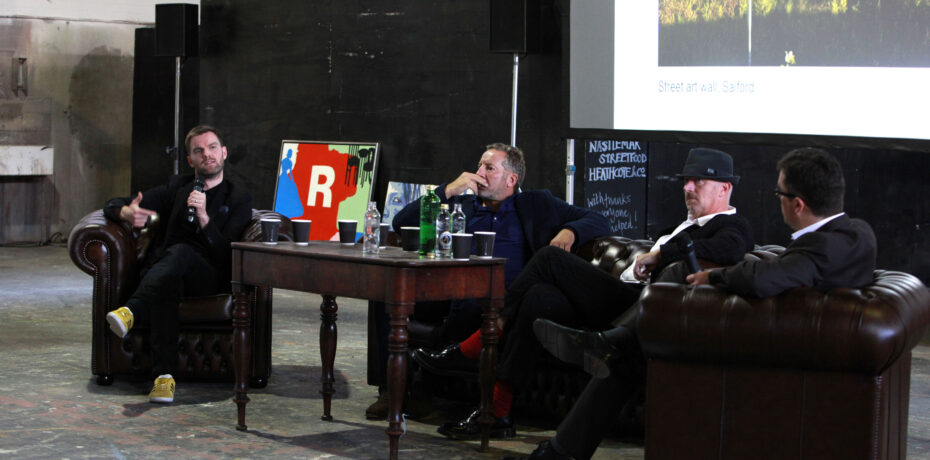
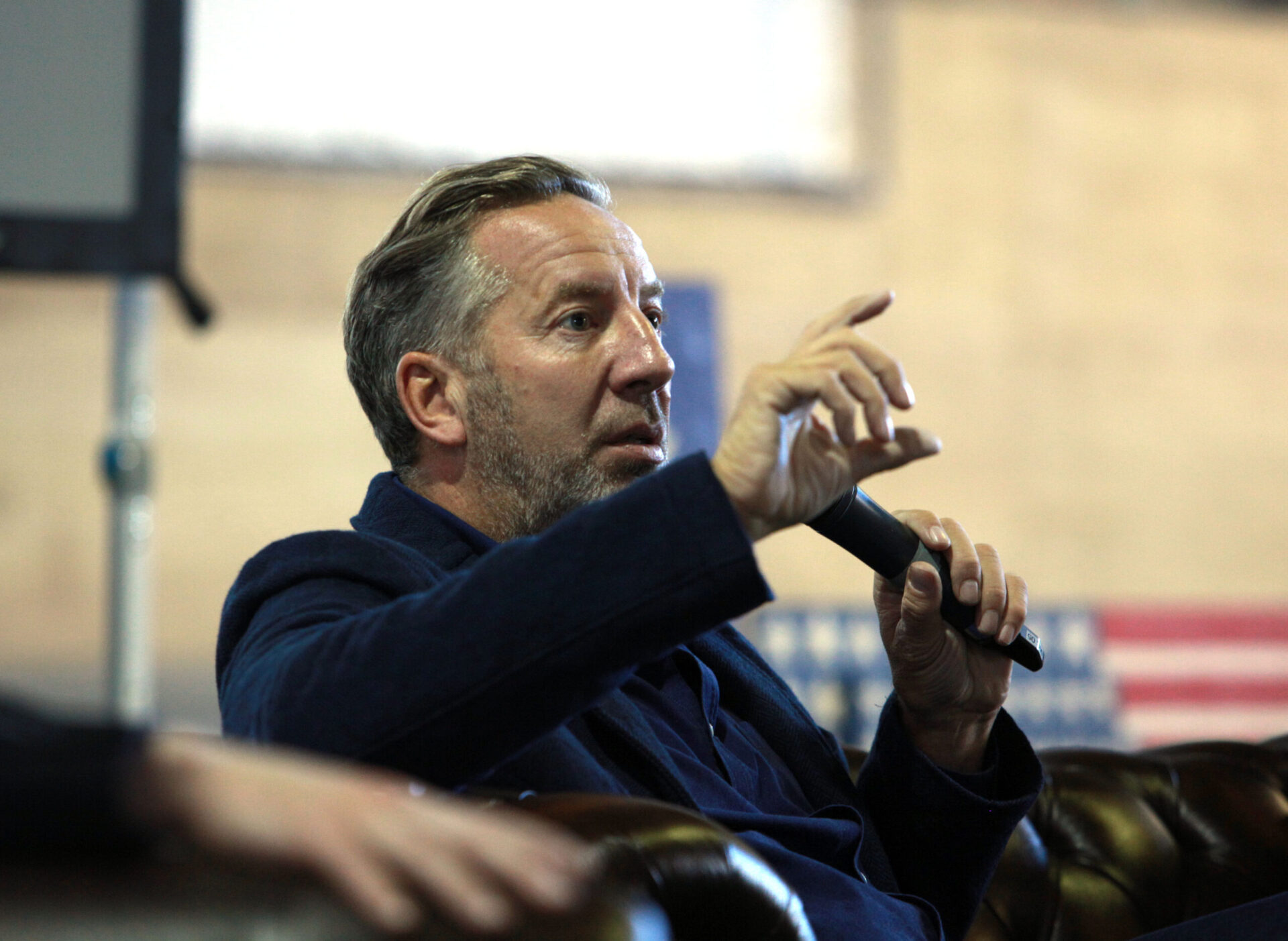
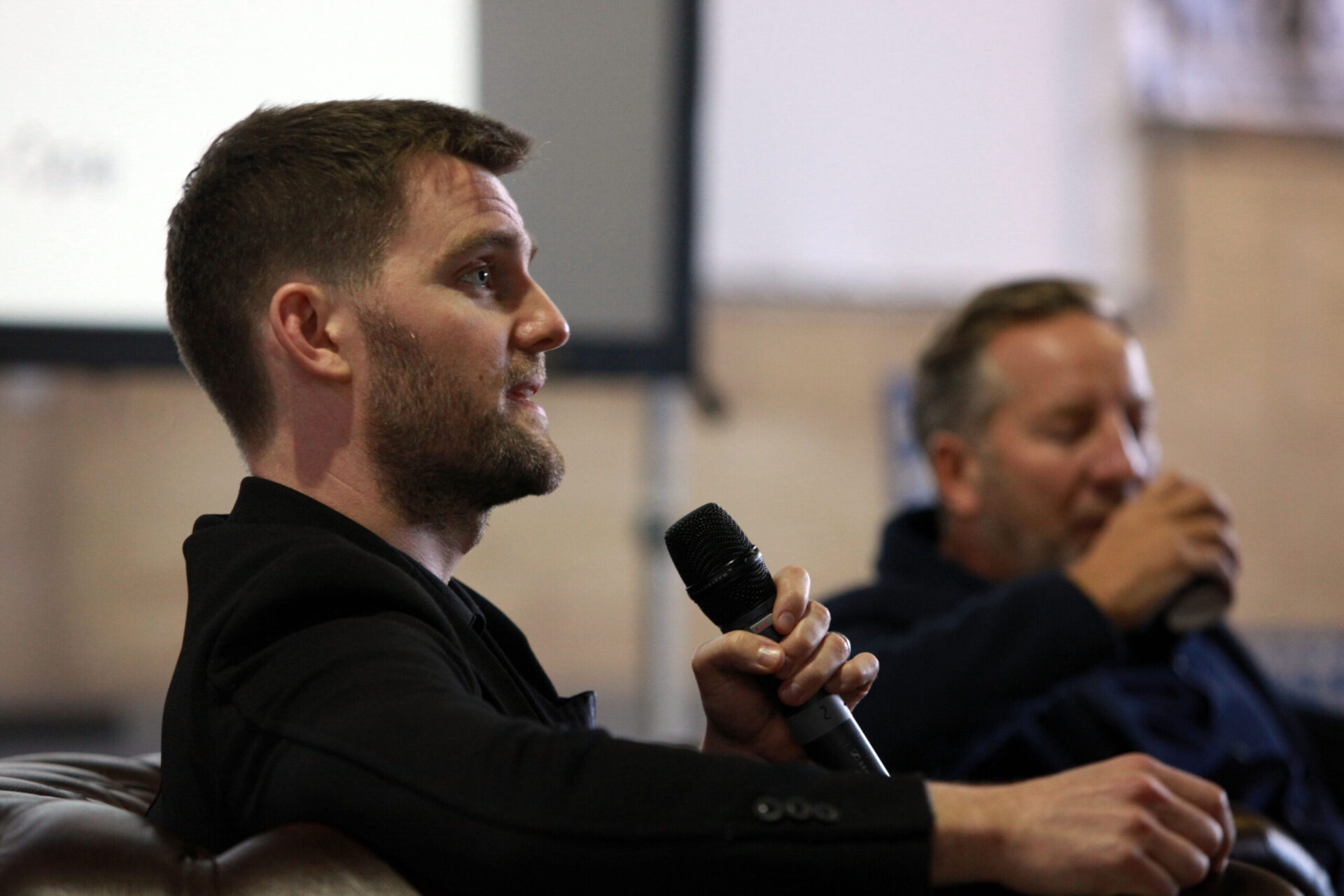
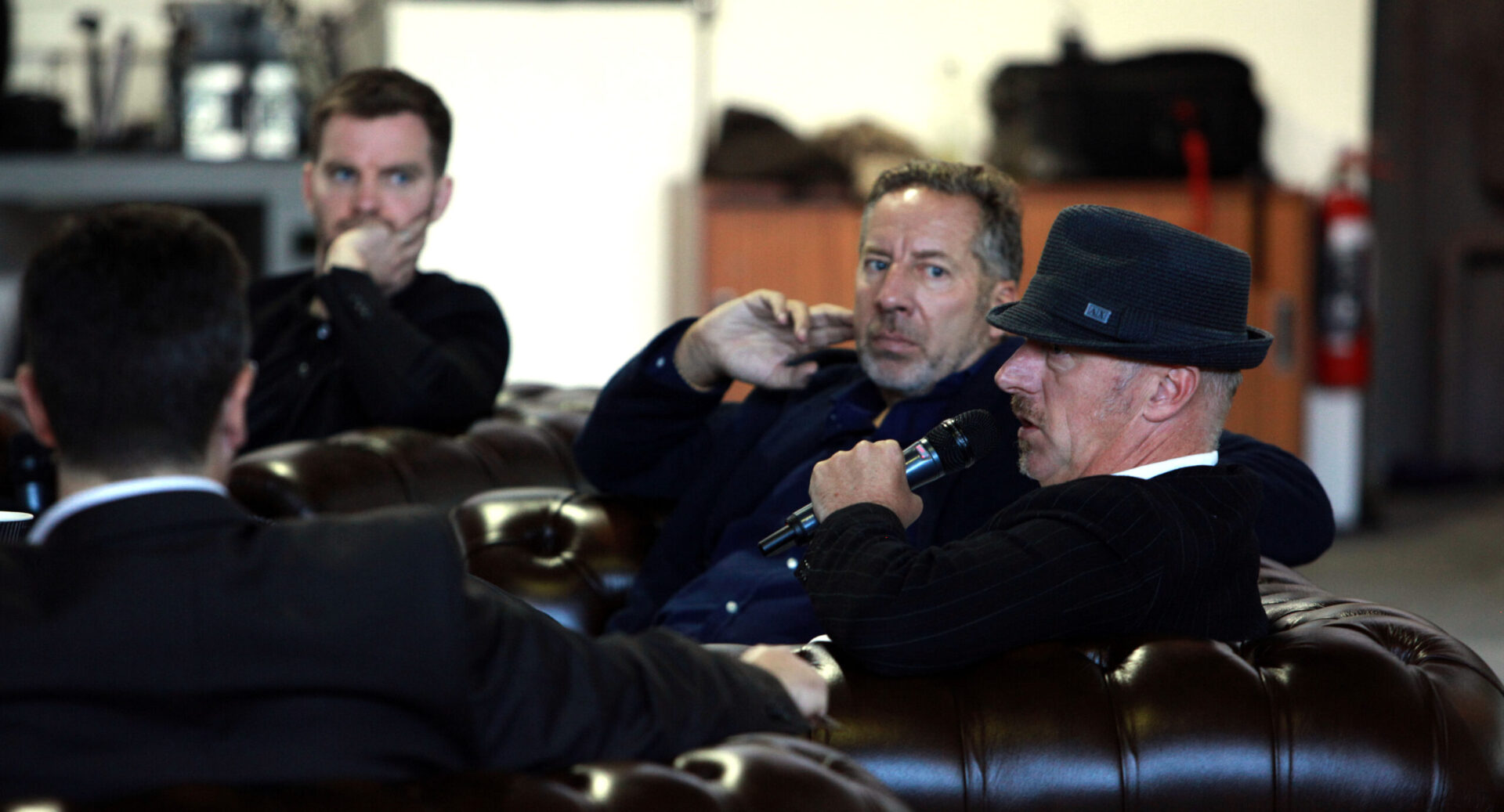
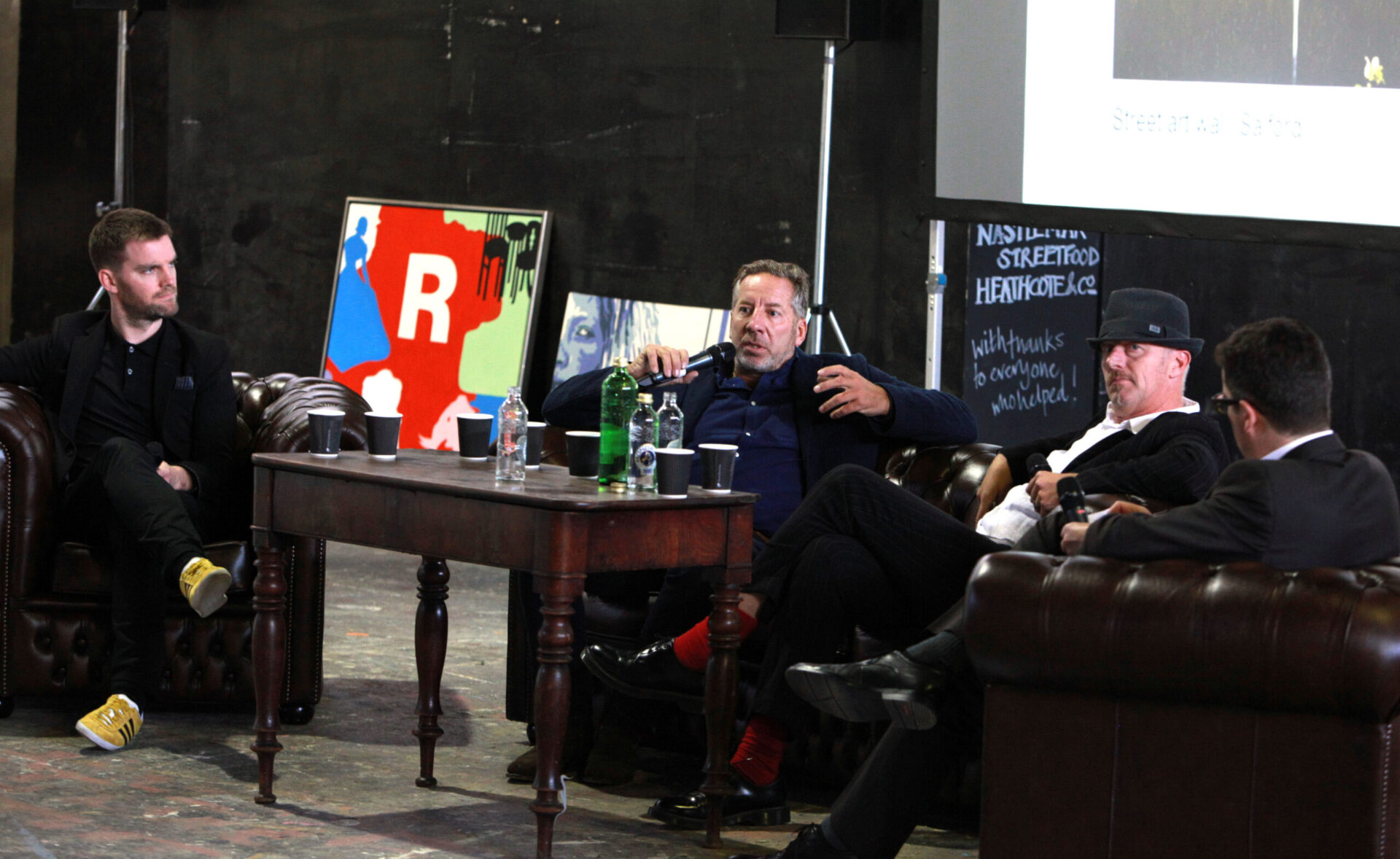
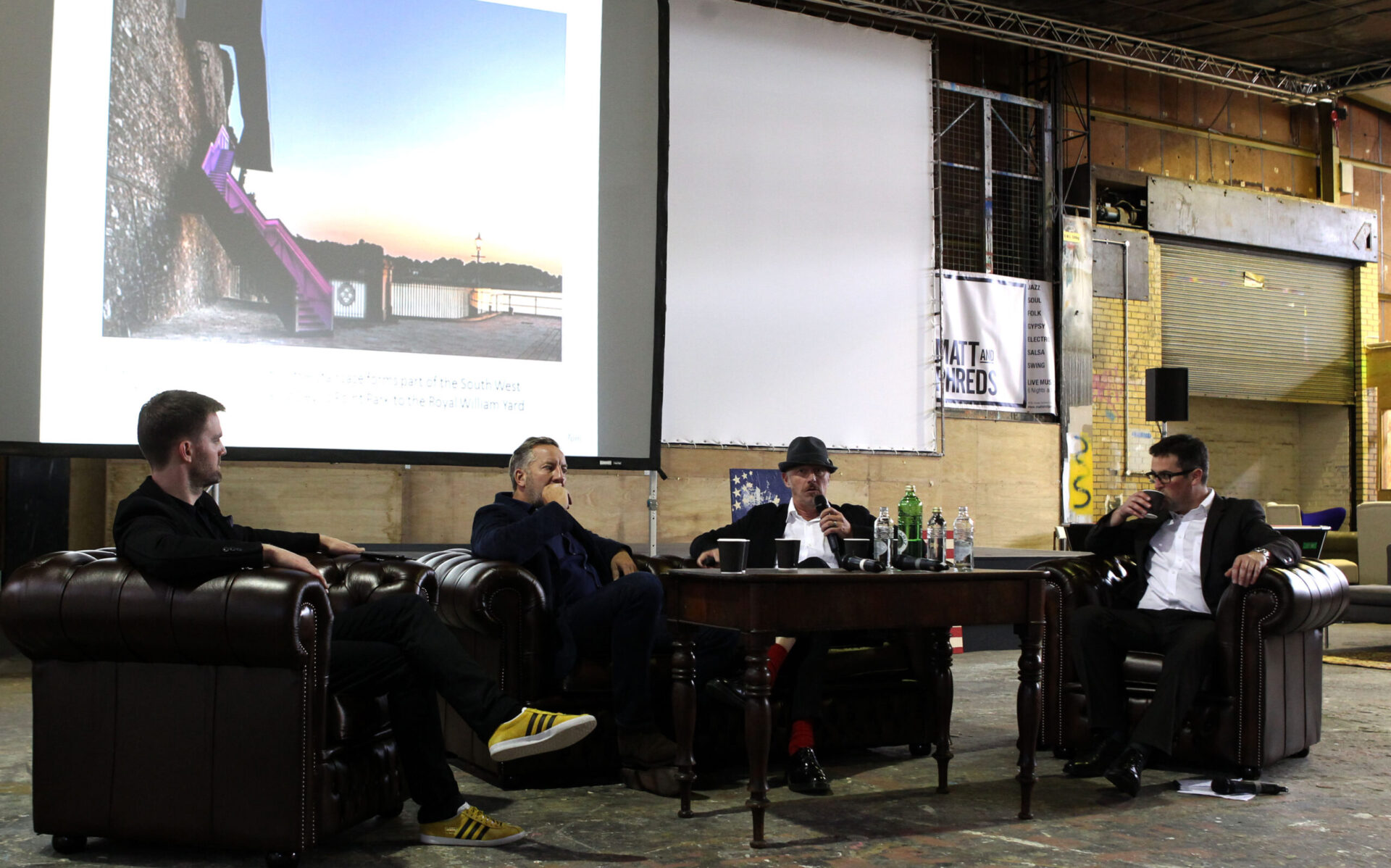
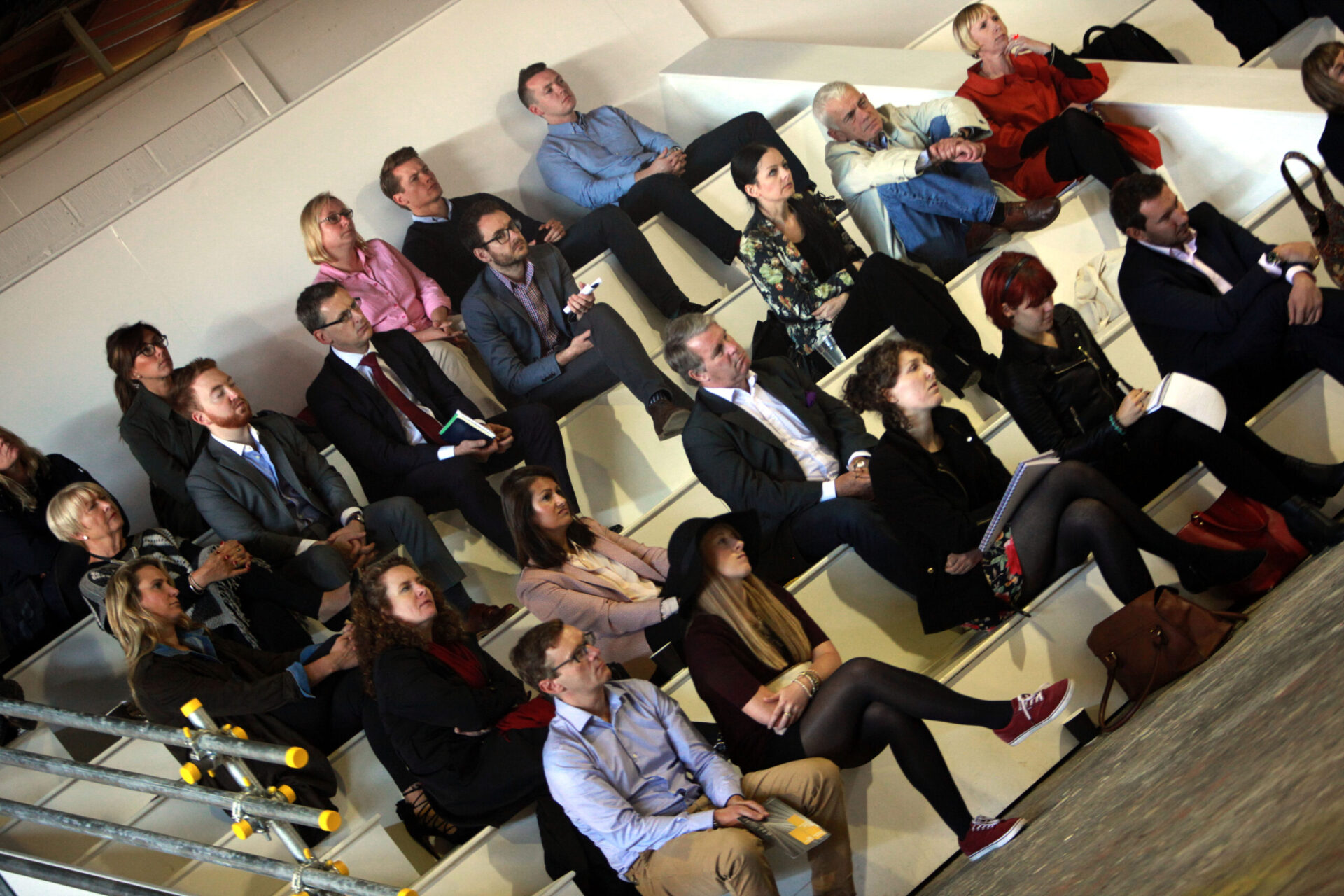
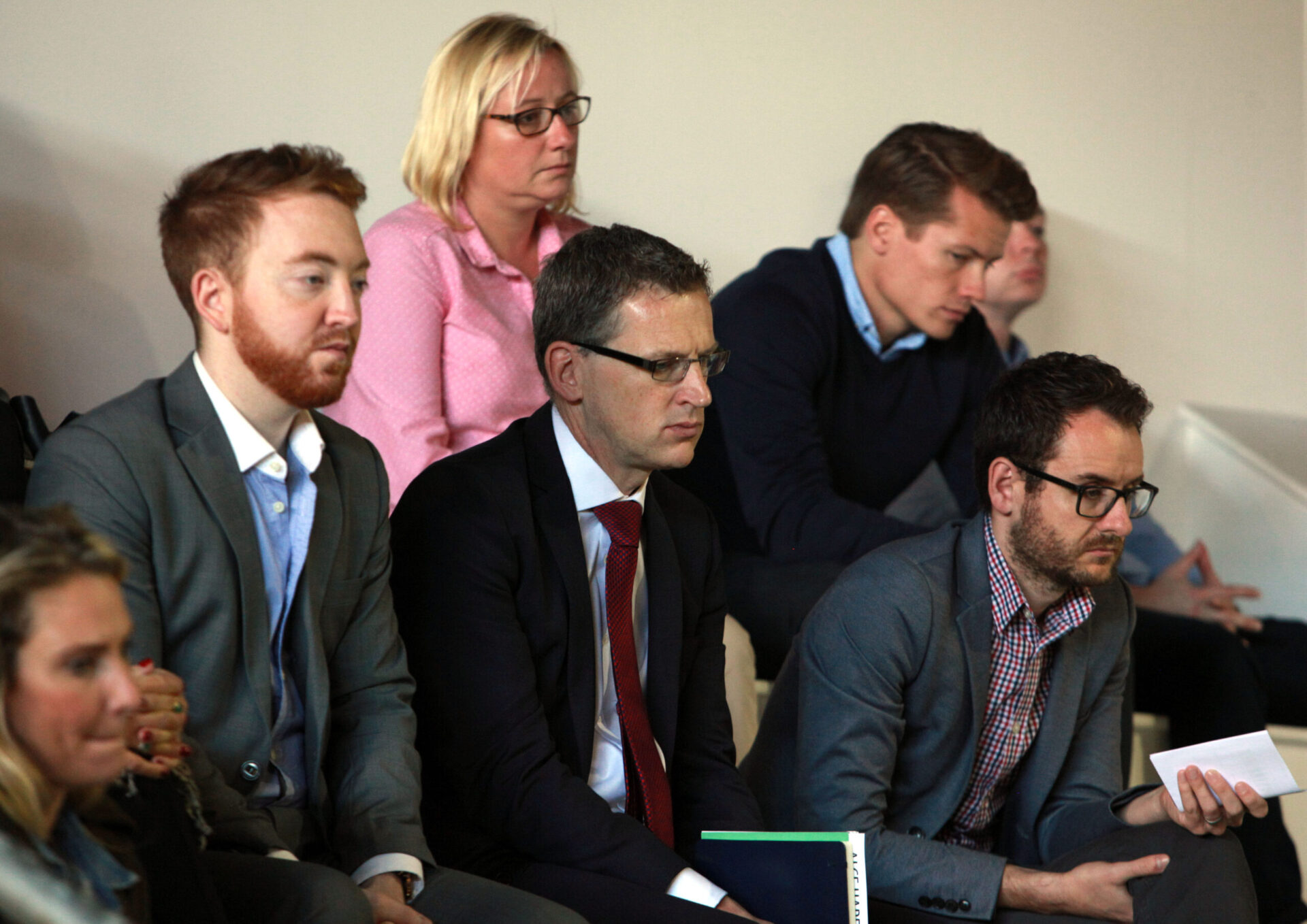
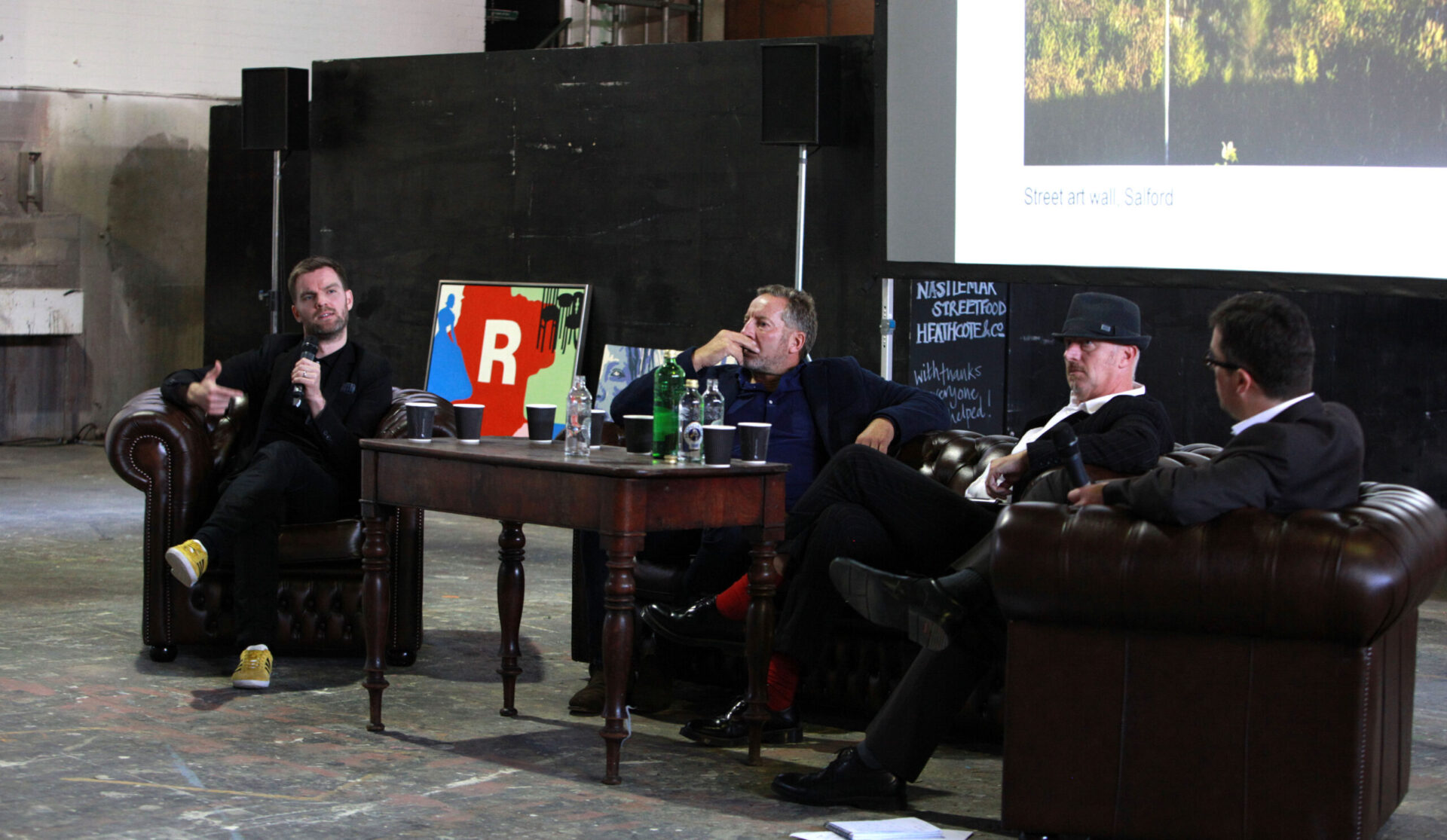
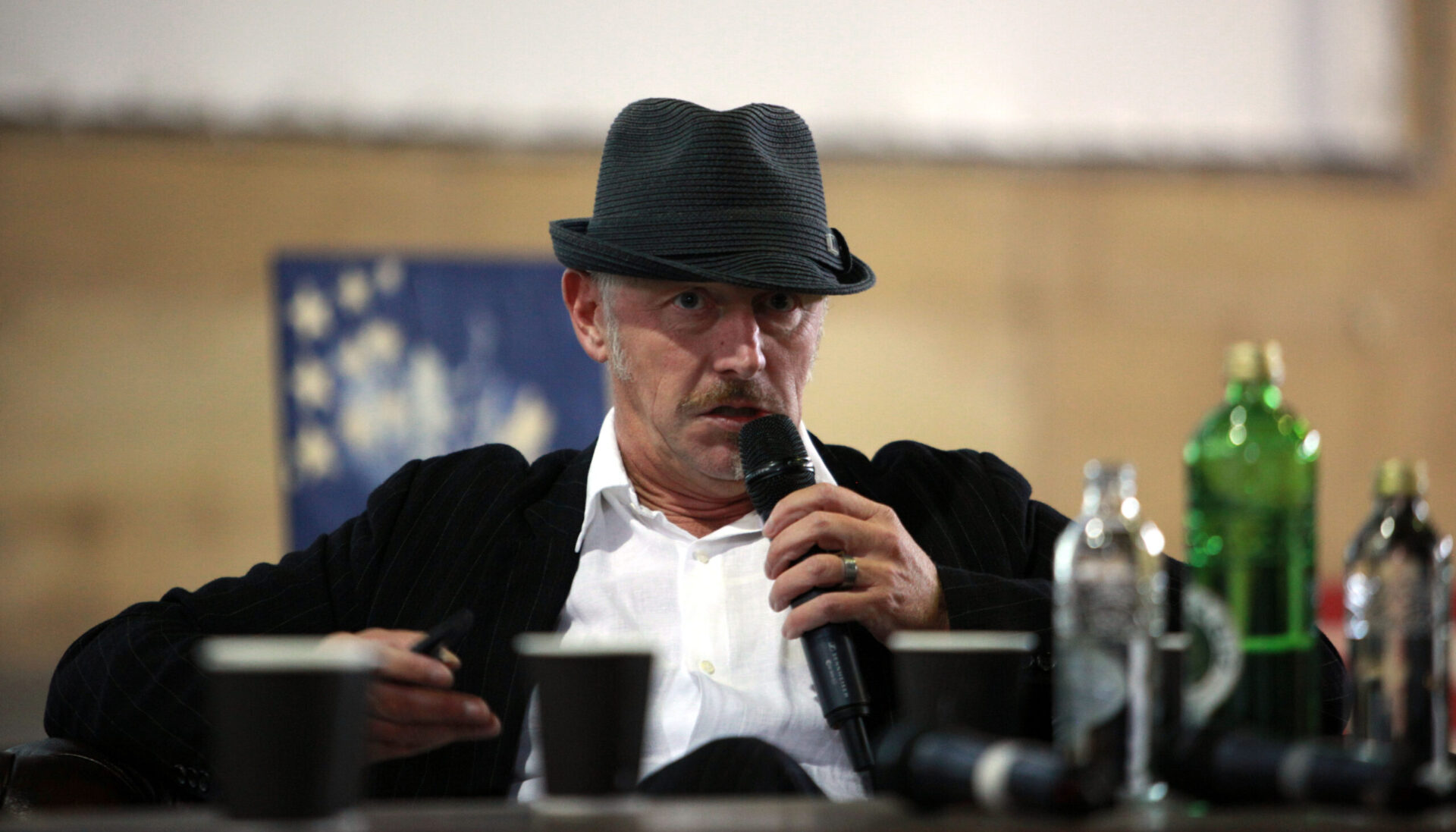
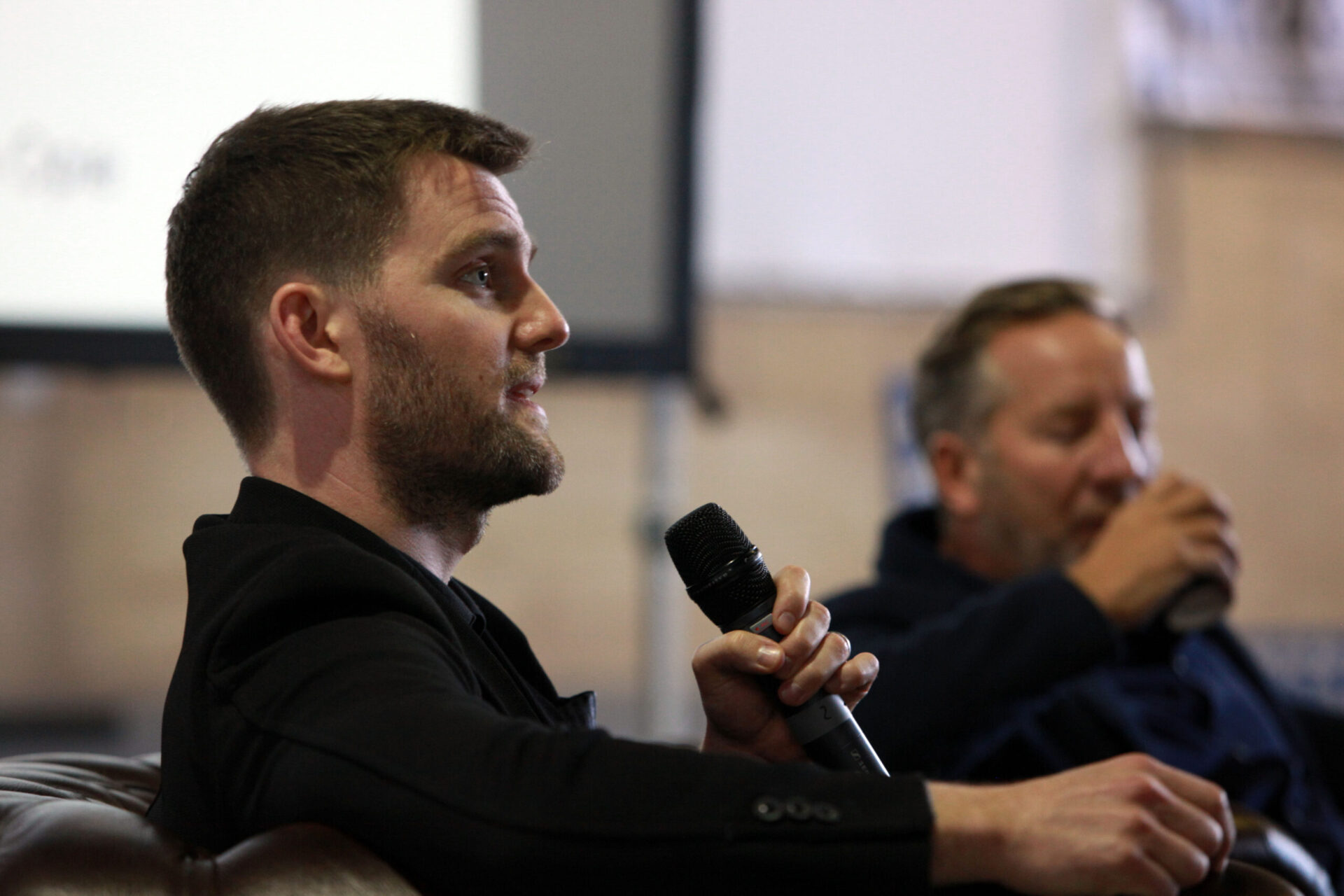
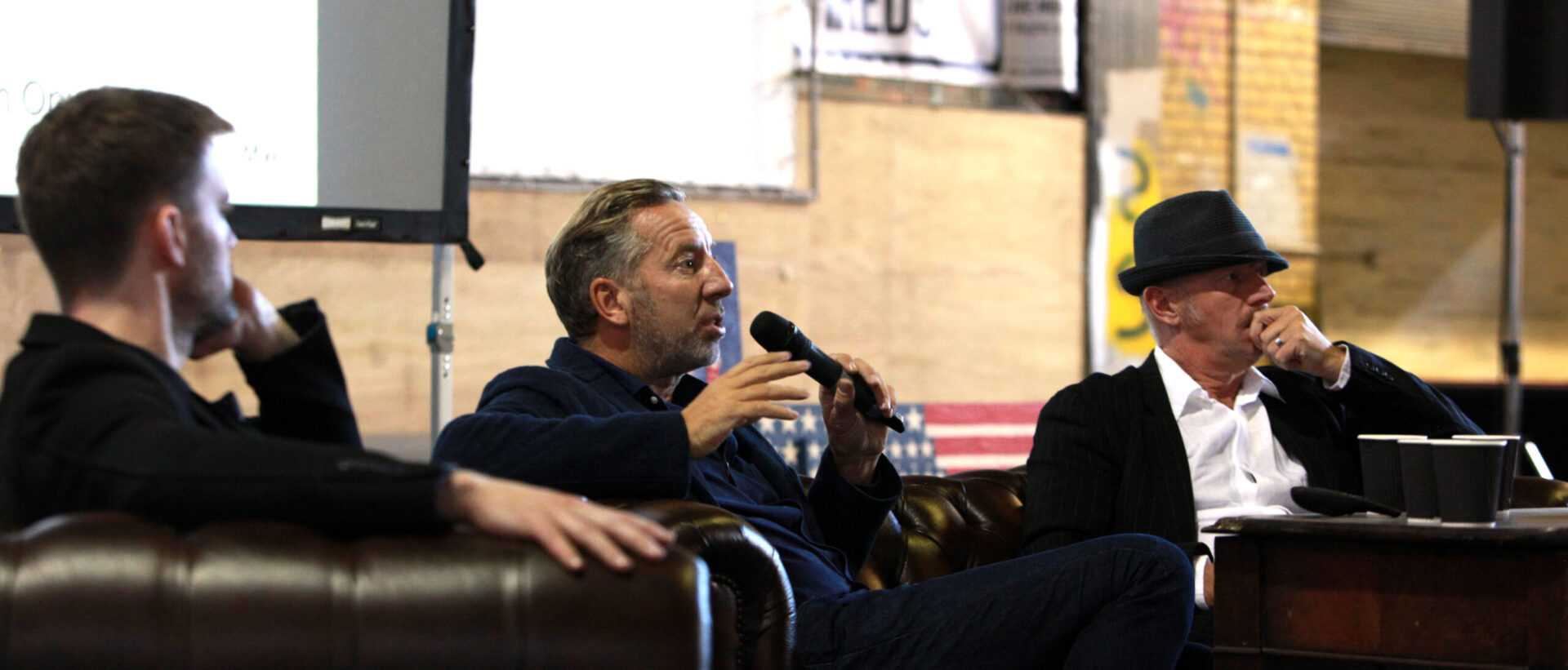
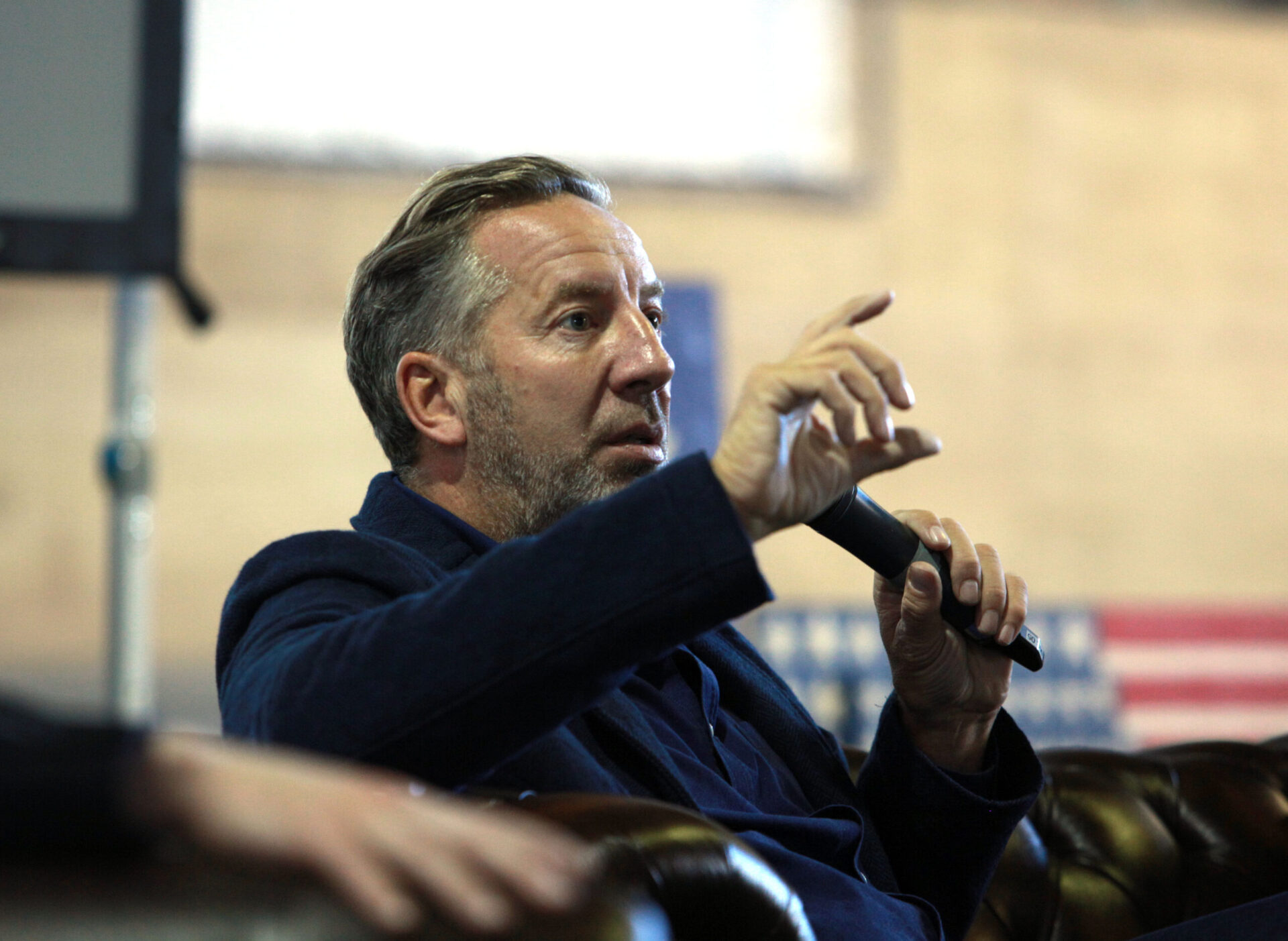
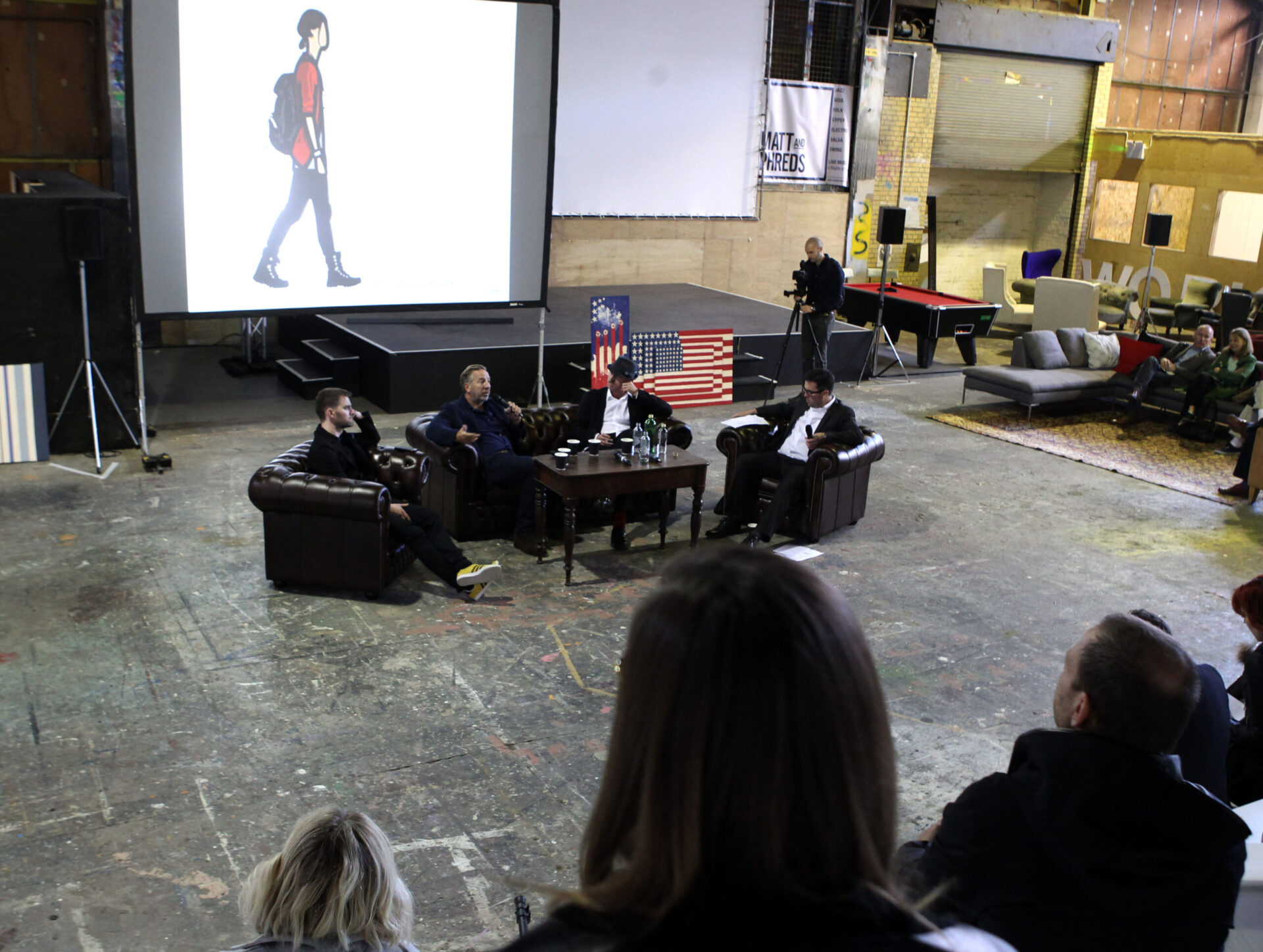
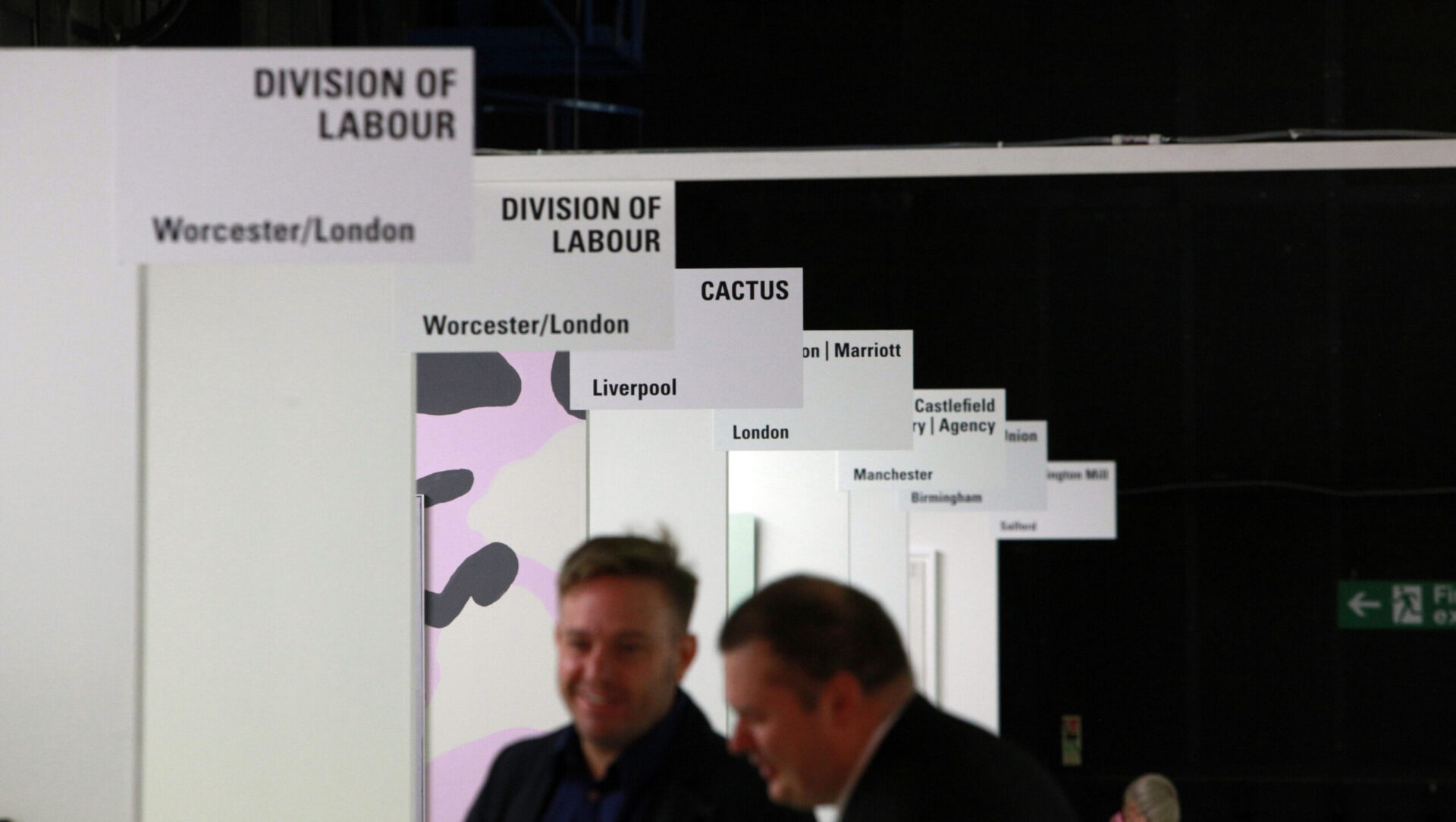
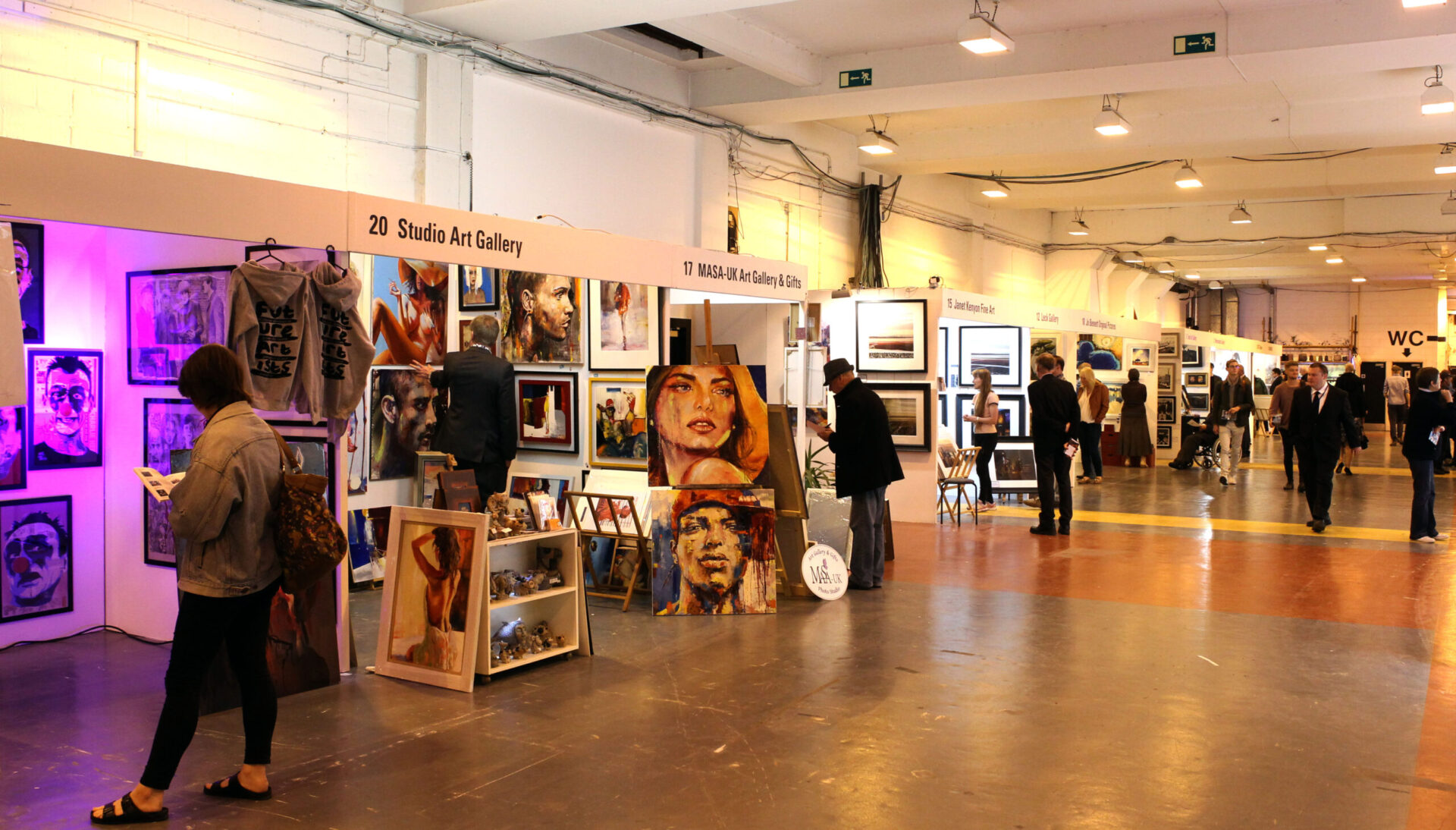
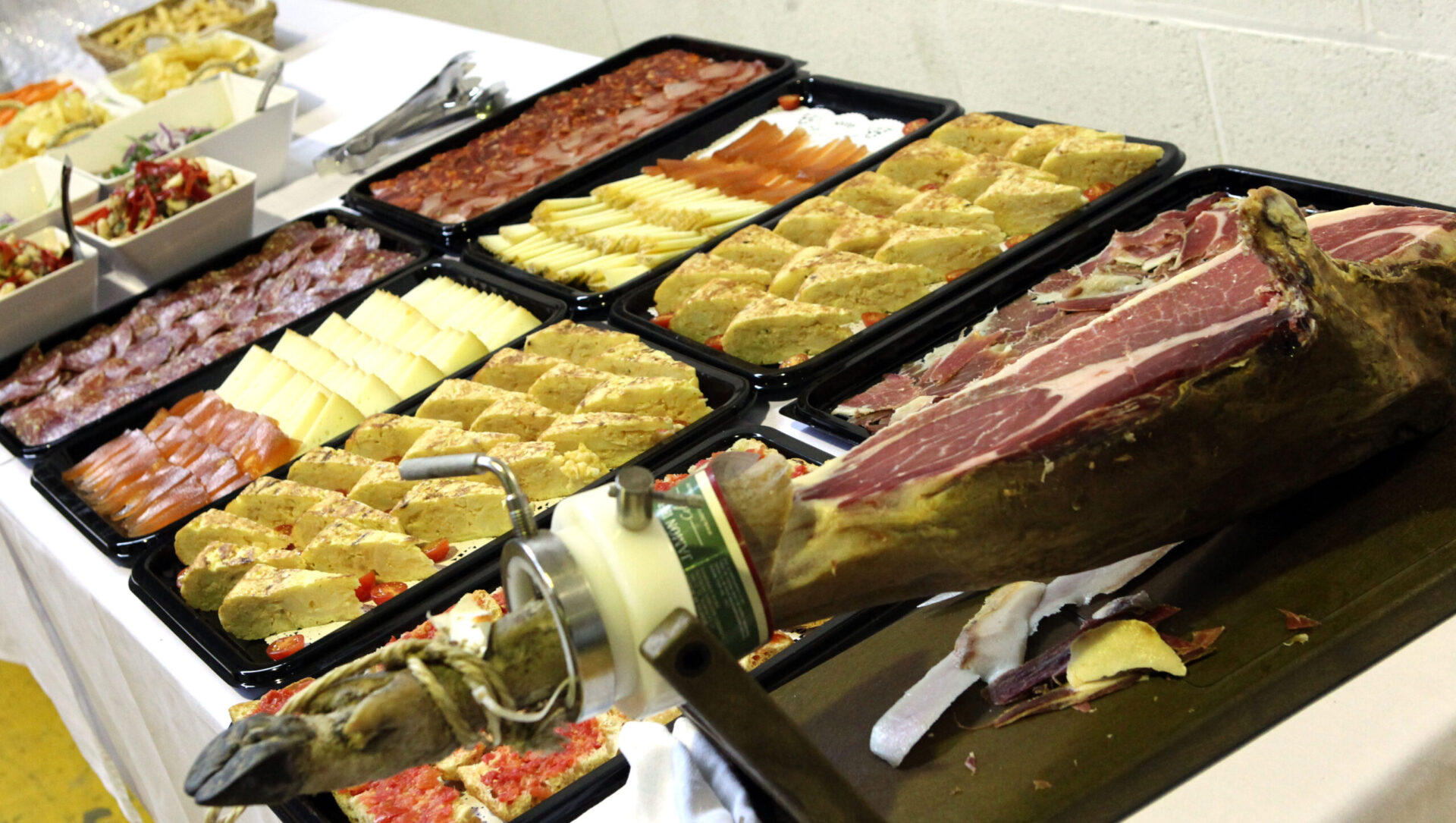
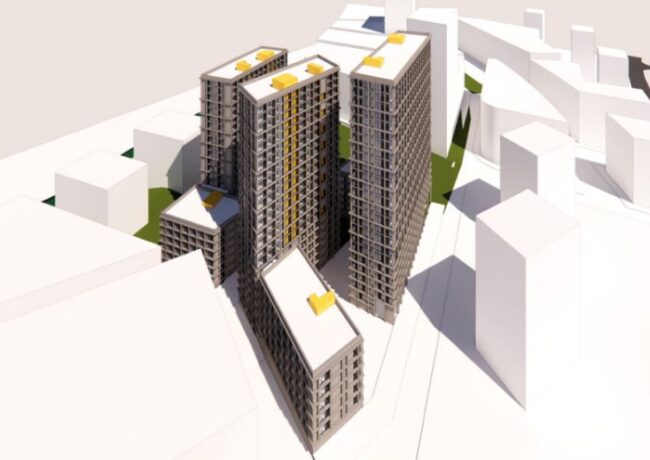
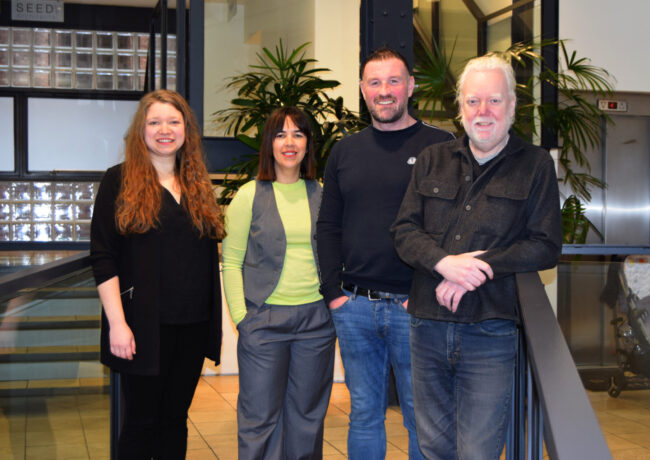
“Buying art is one of the best things anyone can do”. Mmm.
What a life, sitting around talking about this stuff eh? I suppose it is nice to have a bit of art thrown in.
By Scrub